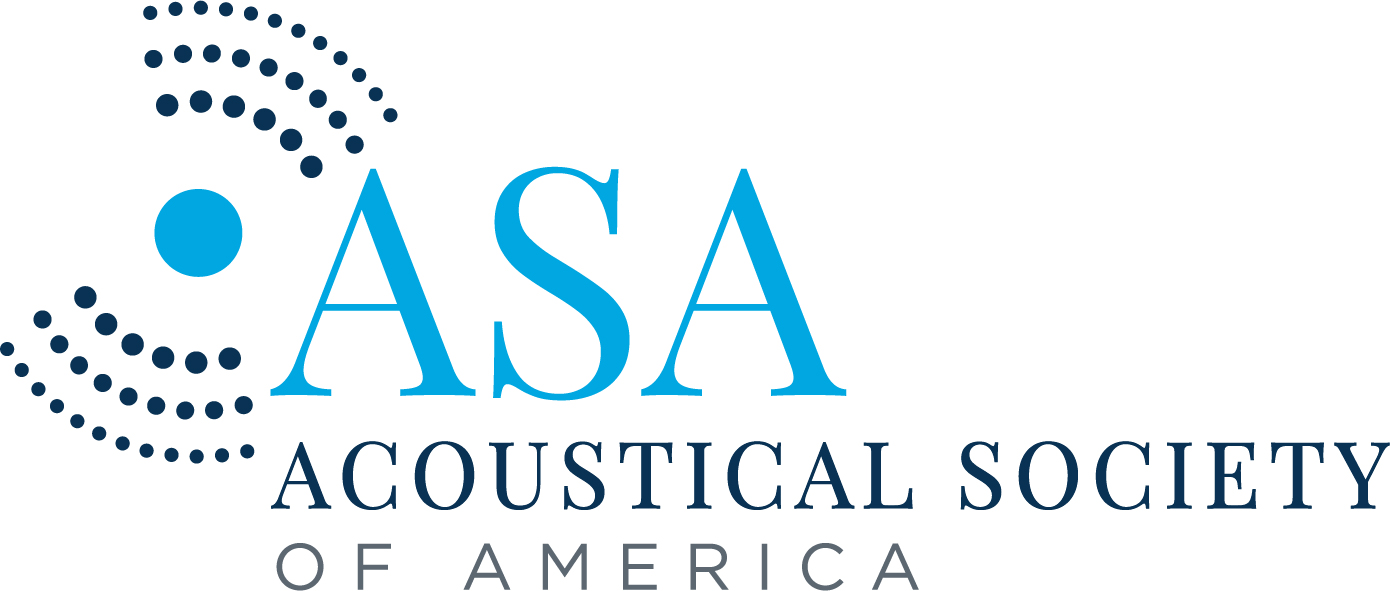ASA fosters inclusivity and understanding through groundbreaking research that highlights the unique experiences and voices of the LGBTQ+ community. For Pride Month, we would like to spotlight publications that underscore the intersection of speech science and gender diversity.
First up is “Acoustic Cues to Femininity and Masculinity in Spontaneous Speech” by Fredrik Nylén, Jenny Holmberg, and Maria Södersten. This recently published JASA research unravels the intricate acoustic properties that influence perceptions of gender in speech. The study explores how vocal characteristics can contribute to gender identity and offers critical insights that benefit gender-affirming voice training. With a comprehensive analysis of 132 voices and 121 listener evaluations, the researchers developed models explaining up to 89% of the variance in perceived femininity and masculinity. Their findings emphasize the importance of considering a range of acoustic properties beyond the primary cue of median fundamental frequency (f0).
Next up is “Spectral Analysis of Strident Fricatives in Cisgender and Transfeminine Speakers” by Nichole Houle, Mackenzie P. Lerario, and Susannah V. Levi, also published in the JASA. This research explores the acoustic properties of the sounds /s/ like in ‘said’ and /ʃ/ in ‘shed’, revealing how subtle nuances contribute to the sociophonetic perception of gender. By examining the speech of cisgender men, cisgender women, and transfeminine speakers, the study highlights the complexity and diversity of gender expression in vocal characteristics. It shows that while the spectral features of /s/ and /ʃ/ can signal gender group identification, they do not account for within-gender variation among transfeminine speakers. This nuanced approach moves beyond the binary classification of gender, offering a more inclusive understanding that acknowledges the spectrum of gender identities.
Finally, Melissa Baese-Berk and Paul E. Reed’s JASA article “Addressing Diversity in Speech Science Courses,” underscores the critical need to integrate cultural and linguistic diversity, including LGBTQ+ perspectives, into speech science education. Speech communication, the study of how speech is produced, transmitted, and perceived, is a cornerstone of disciplines like linguistics, communication disorders, cognitive science, and speech technology. Baese-Berk and Reed observe that speech science courses often lag in representing the full spectrum of cultural and linguistic diversity, particularly in terms of gender identity and sexual orientation. Their study argues that linguistic diversity should be a fundamental part of the curriculum, not relegated to a single module or course. By addressing linguistic diversity comprehensively, educators can better reflect the varied social identities of speakers, including those within the LGBTQ+ community.
As we celebrate Pride Month, it’s essential to recognize and honor the contributions of LGBTQ+ researchers and participants within the field of speech science. The studies highlighted here not only advance our scientific understanding but also promote inclusivity and respect for diverse voices. By embracing this research and its implications, we can continue to build a more inclusive and equitable scientific community. Happy Pride Month!








